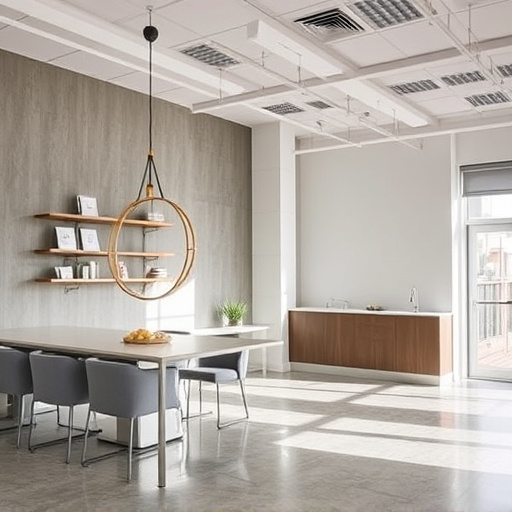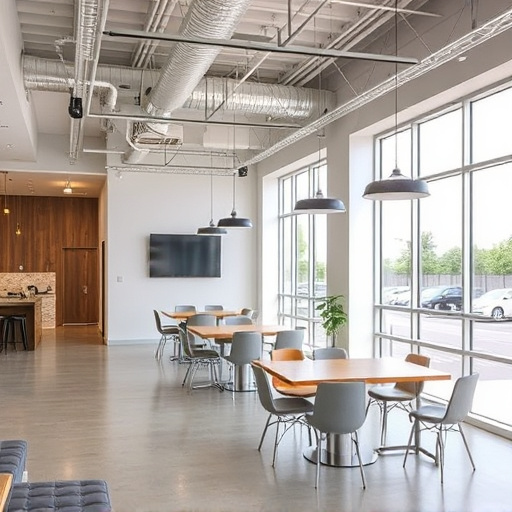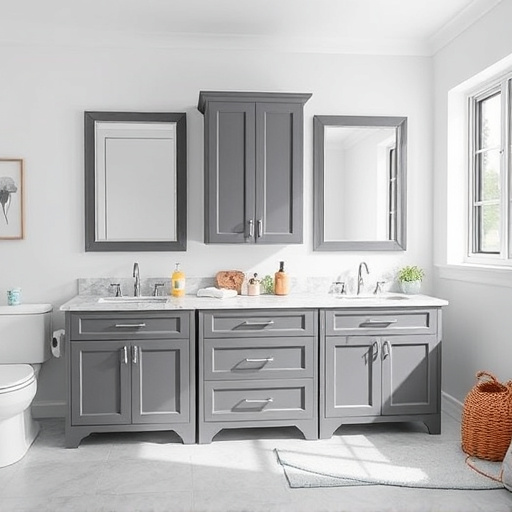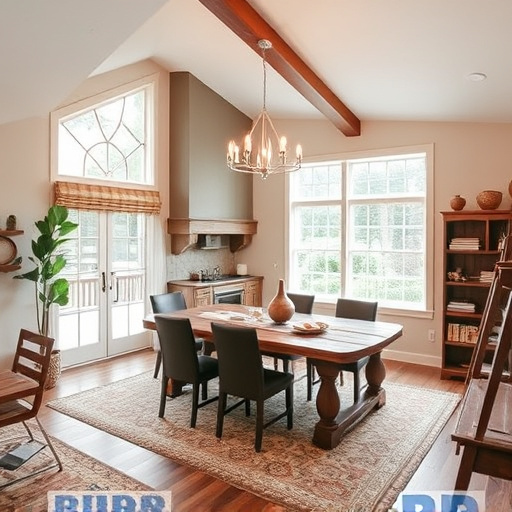Before commercial remodeling, conduct a thorough assessment of property layout, structure, and functionality. Set clear goals and consider room dimensions, lighting, ventilation, and existing features. Plan tailored spaces for diverse business needs, from meetings to break rooms. Meticulous planning, communication, and project management ensure successful, budget-friendly renovations within the desired aesthetic and functional outcomes.
“Transforming a commercial space requires careful planning and expertise. This step-by-step guide is your roadmap for successful commercial remodeling projects. From assessing the property and setting clear goals, to designing functional layouts and managing your remodel timeline, each phase is crucial.
Learn how to navigate this process effectively, ensuring your project stays on track and meets your unique business needs. Discover the keys to a remarkable transformation with these essential tips for commercial remodeling.”
- Assess Property: Understand Space & Set Goals
- Plan & Design: Create Functional Layouts
- Execute Remodel: Manage Team & Timeline
Assess Property: Understand Space & Set Goals

Before starting any commercial remodeling project, a thorough assessment of the property is essential. Understanding the space involves evaluating its current layout, identifying structural elements, and analyzing its functionality for your intended purpose. This step is crucial in setting realistic goals for the renovation. Consider factors like the size and shape of rooms, natural lighting, ventilation, and any existing features that might require alteration or enhancement.
Setting clear goals is just as vital as understanding the space. Determine what you aim to achieve with the commercial remodeling project—whether it’s updating the look and feel for better customer experience (like a fresh exterior painting job), transforming specific areas like kitchen and bath, or completely restructuring the layout to optimize functionality. Having defined objectives will guide your design decisions and ensure the final result aligns with your vision.
Plan & Design: Create Functional Layouts

When embarking on a commercial remodeling project, one of the most crucial steps is to plan and design functional layouts that cater to your business needs. Start by assessing the existing space and identifying areas that require improvements or complete transformations. Consider the flow of work processes and create floor plans that optimize these operations. For example, rearranging office cubicles to encourage collaboration or reconfiguring a retail store’s display to enhance customer experience.
In terms of specific considerations, floor replacements can significantly impact the overall aesthetics and functionality of the space. Whether it’s replacing outdated carpeting with durable vinyl planks or installing sleek marble tiles, this decision influences both the look and feel of the commercial environment. Additionally, pay attention to creating functional spaces that support various business activities, from open-concept areas for team meetings to private offices and dedicated break rooms. Even a simple bathroom remodel can make a big difference in employee satisfaction and productivity.
Execute Remodel: Manage Team & Timeline

After the design phase is complete and all necessary permits have been secured, it’s time to execute your commercial remodeling project. This involves managing a team of contractors, subcontractors, and designers to ensure the project stays on track and within budget. A well-organized schedule and clear communication are crucial for success. Create a detailed timeline that breaks down each phase of the project, from demolition to finishing touches. Regularly update all stakeholders and address any issues promptly to keep the project moving forward.
Effective project management includes overseeing material procurement, coordinating work among different trades, and ensuring quality control at every stage. Keep open lines of communication with your team, clients, and sub-contractors to address concerns, make adjustments, and maintain transparency. By managing the process diligently, you can deliver a high-quality commercial renovation on time and within budget, leaving a satisfied client who appreciates your expertise in both design and execution—whether it’s for a sleek office space or a cozy coffee shop makeover, including even bathroom renovations or residential transformations.
Commercial remodeling is a transformative journey that requires meticulous planning and execution. By assessing your property, setting clear goals, and creating well-designed layouts, you can lay the foundation for a successful project. As you manage your team and timeline, remember to prioritize functionality and stay true to your initial vision. With careful navigation through these steps, your commercial remodeling efforts will not only enhance your space but also contribute to the overall success of your business.














